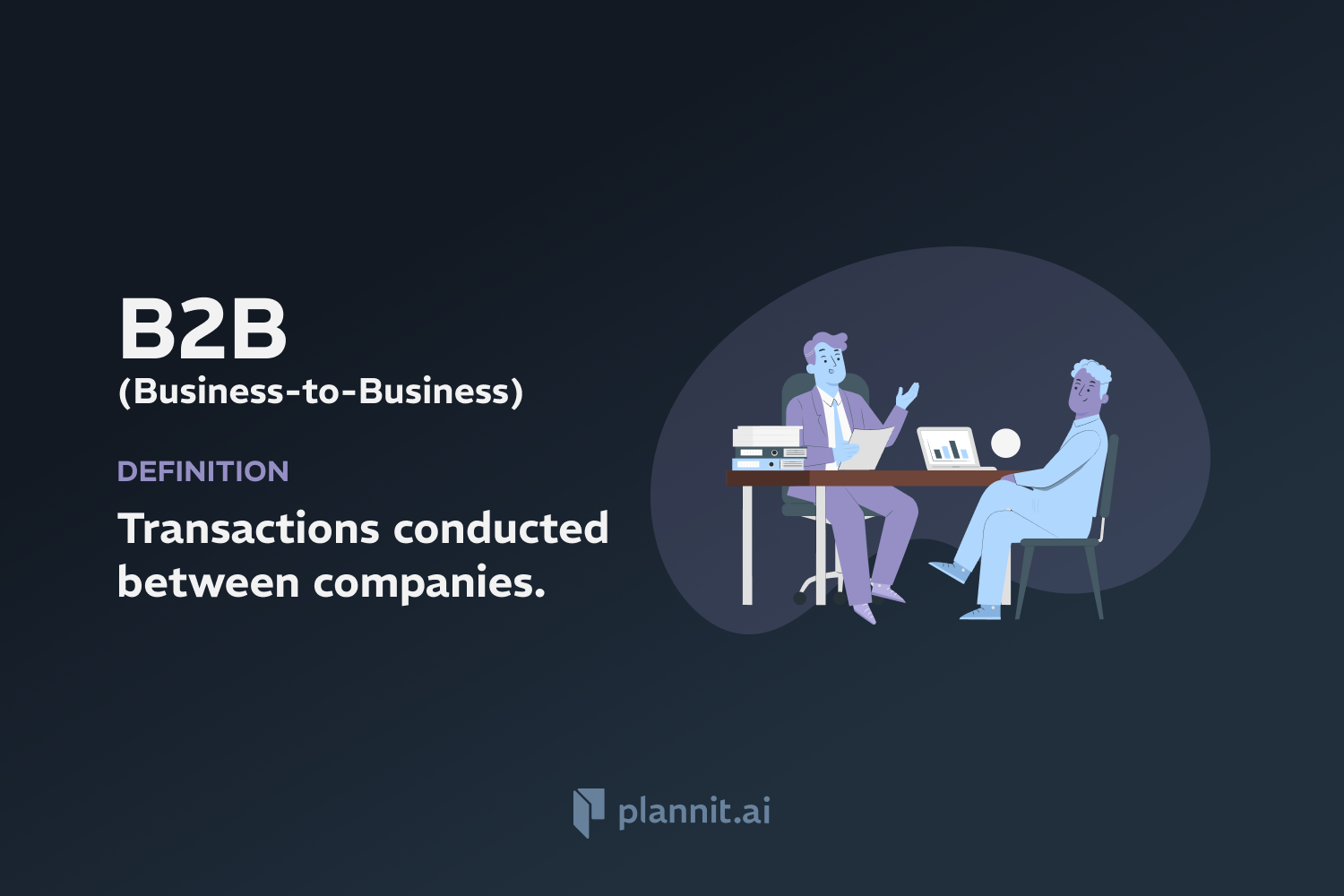Need Help With Your Business Plan?
Answer tailored questions and get a detailed business plan in minutes.
Bootstrapping: Definition & In-Depth Explanation

Definition:
Bootstrapping in business refers to starting and growing a company using personal finances or revenues generated by the business itself rather than relying on external sources of financing such as loans, investors, or venture capital. It emphasizes a self-sustaining process that avoids external debt or equity.
Context of Use:
Bootstrapping is a common strategy among startups and small businesses that may not have access to significant external funding or prefer to retain full control over business decisions. This approach is also prevalent in technology sectors where initial product development can be accomplished with minimal resources.
Purpose:
The purpose of bootstrapping is to leverage existing resources to develop a business incrementally. It allows entrepreneurs to maintain control over all decisions and focus on cash flow and profit, rather than satisfying external stakeholders. This strategy can minimize debt and equity dilution.
Example:
Software Development Companies: Many software startups begin with minimal up-front investment, using the founders' savings to develop the product prototype before generating revenue through sales.
Consulting Services: A consultant may start a business using only a personal computer and phone, growing the business through revenue generated by initial clients.
Related Terms:
Self-Funding: Using personal resources or revenue generated by the business to fund its growth, synonymous with bootstrapping.
Venture Capital: Financial capital provided to early-stage, high-potential, growth startup companies.
Angel Investor: An individual who provides capital for a business start-up, usually in exchange for convertible debt or ownership equity.
FAQs:
1. What are the advantages of bootstrapping?
A: Advantages include maintaining full control over the business, focusing on customer and product rather than investor demands, and potentially experiencing less pressure to scale rapidly.
2. What are the challenges of bootstrapping?
A: Challenges include limited funds for growth, potential slower pace of expansion, and the personal financial risk taken on by the entrepreneur.
3. How does bootstrapping affect a company’s strategy?
A: Bootstrapping often requires a business to be more cost-conscious and to prioritize short-term profitability or cash flow positive activities.
4. Can a company switch from bootstrapping to seeking external funding?
A: Yes, many companies start by bootstrapping and later seek external funding when larger capital needs arise or when ready to scale operations more aggressively.
5. Are there particular industries where bootstrapping is more common?
A: Bootstrapping is common in service industries, software development, and other sectors where the initial capital requirement is relatively low.
Get funding with a business plan that will impress investors.
Starting a New Business?



